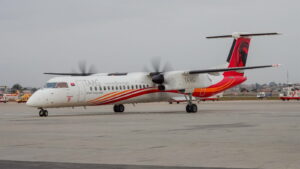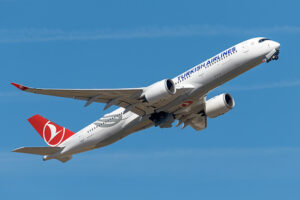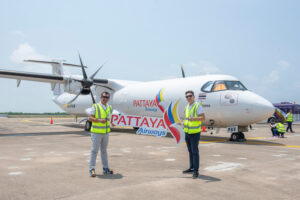The International Air Transport Association (IATA) released September 2021 data for global air cargo markets showing that demand continued to be well above pre-crisis levels and that capacity constraints persist.
As comparisons between 2021 and 2020 monthly results are distorted by the extraordinary impact of COVID-19, unless otherwise noted, all comparisons below are to September 2019 which followed a normal demand pattern.
Several factors that impacted global air cargo demand:
Global demand, measured in cargo tonne-kilometres (CTKs), was up 9.1% compared to September 2019 (9.4% for international operations). Capacity remains constrained at 8.9% below pre-COVID-19 levels (September 2019) (-12% for international operations).
Supply chain disruptions and the resulting delivery delays have led to long supplier delivery times. This typically means manufacturers use air transport, which is quicker, to recover time lost during the production process. The September global Supplier Delivery Time Purchasing Managers Index (PMI) was at 36, values below 50 are favorable for air cargo.
The September new export orders component and manufacturing output component of the PMIs have deteriorated from levels in previous month but remain in favorable territory. Manufacturing activity continued to expand at a global level but, there was contraction in emerging economies.
The inventory-to-sales ratio remains low ahead of the peak year-end retail events such as Single’s Day, Black Friday and Cyber Monday. This is positive for air cargo, however further capacity constraints put this at risk.
The cost-competitiveness of air cargo relative to that of container shipping remains favorable. Pre-crisis, the average price to move air cargo was 12.5 times more expensive than sea shipping. In September 2021 it was only three times more expensive.


























